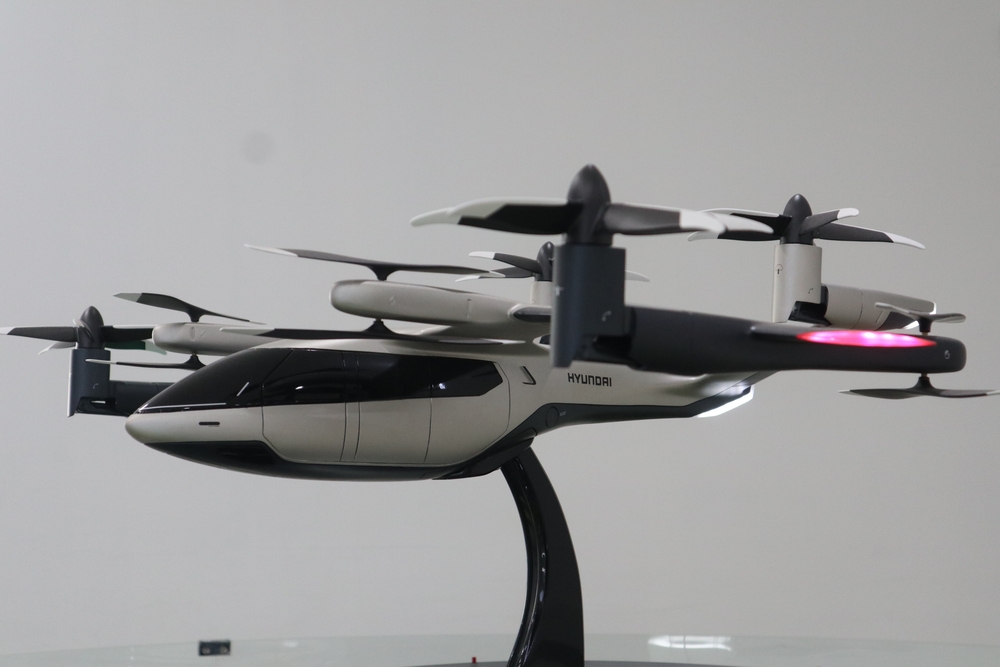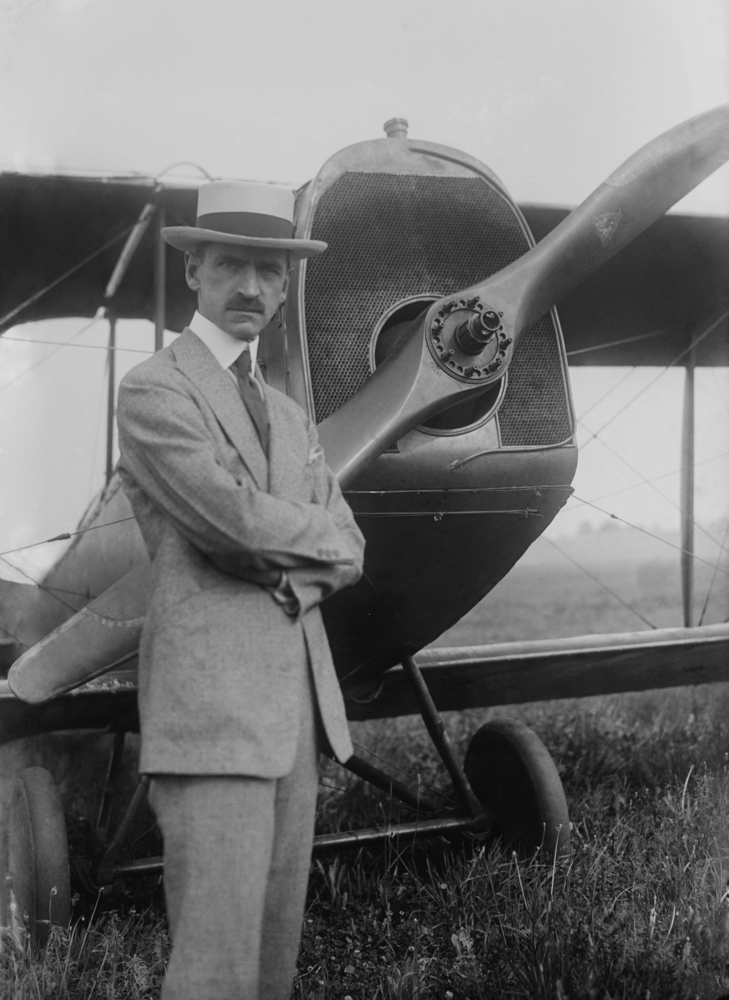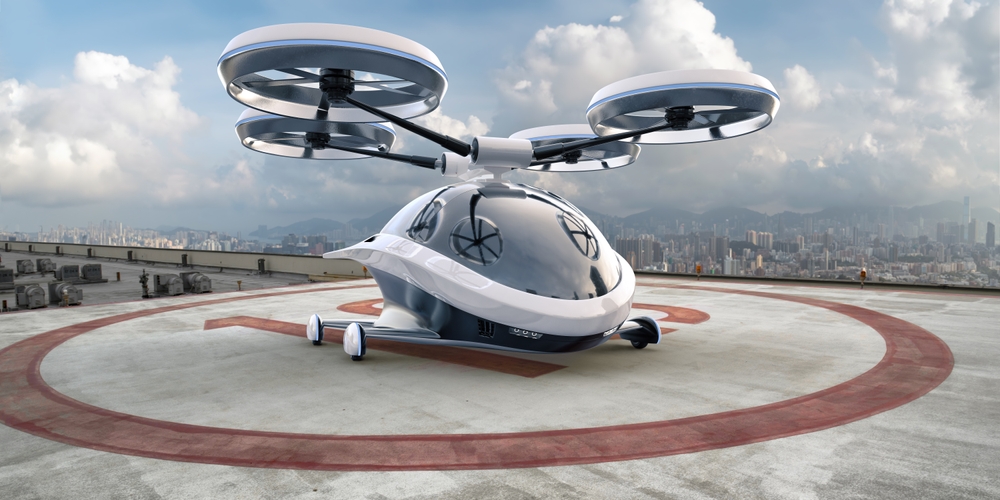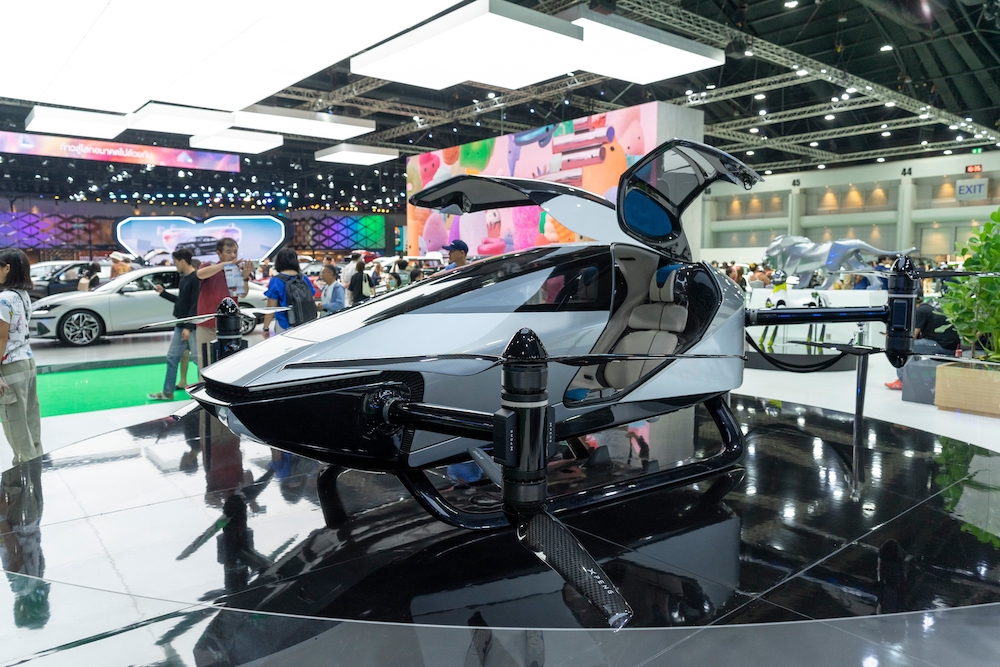Flying cars have captivated the imagination for over a century. Today, as technology has advanced, let’s explore the rich history of flying car development and assess whether these futuristic vehicles are finally within our reach.
 The concept of flying cars has long been a staple of science fiction, capturing the imagination of inventors, filmmakers, and the general public alike. From early prototypes in the 20th century to modern-day innovations, the journey towards creating a vehicle that seamlessly transitions between road and air travel has been fraught with challenges.
The concept of flying cars has long been a staple of science fiction, capturing the imagination of inventors, filmmakers, and the general public alike. From early prototypes in the 20th century to modern-day innovations, the journey towards creating a vehicle that seamlessly transitions between road and air travel has been fraught with challenges.
The early beginnings: A vision takes flight
The roots of flying cars can be traced back to visionary thinkers like Leonardo da Vinci, who sketched designs for flying machines as early as the 15th century. However, it wasn’t until the dawn of the 20th century that serious attempts were made to create a functional flying car. The rapid advancements in automotive and aviation technologies during this period set the stage for ambitious inventions.
One of the first notable attempts was Glenn Curtiss’s Autoplane, developed in 1917. This vehicle featured a propeller at the rear and three wings spanning 40 feet. Despite some successful ground tests, it never achieved sustained flight, marking a significant yet unsuccessful milestone in flying car history.
In 1937, Waldo Waterman introduced the Arrowbile, which combined elements of both aircraft and automobiles. With detachable wings and a propeller at the rear, it was designed to operate on roads while capable of flight. Unfortunately, funding issues prevented it from reaching production.
The post-war era: A surge in innovation
1946 was pivotal for flying cars, witnessing two significant developments: Robert Fulton’s Airphibian and Henry Dreyfuss’s ConvAirCar. The Airphibian was notable for its detachable wings and tail, allowing it to transition between driving and flying modes quickly. It even became the first flying car to receive certification from what is now the FAA. However, Fulton struggled to secure funding for mass production.
Perhaps the most successful prototype of this era was Moulton Taylor’s Aerocar, which could seamlessly switch between road and air travel without interruption. It achieved impressive test flight speeds but failed to enter mass production due to economic factors like the oil crisis.
The technological leap: Late 20th-century developments
As we approached the new millennium, technological advancements began to reshape the landscape of flying car development. Paul Moller’s Skycar emerged as a notable example during this period. Designed with vertical takeoff and landing (VTOL) capabilities, it promised a new dimension of mobility. Despite generating significant media attention, financial difficulties hindered its commercial viability.
Regulatory Challenges
Despite numerous prototypes and ambitious projects, regulatory hurdles have consistently posed challenges for flying cars. Safety concerns, air traffic management issues, and stringent aviation regulations have made it difficult for these vehicles to transition from experimental designs to commercially available products.
Air Taxis: The first step towards flying cars
Recent advancements in air taxi technology signal a promising future for flying cars, particularly in urban settings.
On 13 October 2023, the world’s first airworthiness certificate was issued by the Civil Aviation Administration of China to EHang’s EH216-S unmanned aircraft system, the first eVTOL (electric vertical take-off and landing) in the world to get one.
Dubai announced in 2024 that they will start air taxi operations in 2026. On 22 October 2024, the US Federal Aviation Administration (FAA) issued a final rule establishing operational guidelines for electric-powered air taxis, marking them as a new aircraft category alongside traditional aeroplanes and helicopters. This regulation is a significant step forward, as it aims to integrate these innovative vehicles into the national airspace system while prioritising safety.
Companies like Joby Aviation and Archer Aviation are at the forefront of this sector, with substantial investments from major airlines such as Delta and United Airlines, indicating strong market confidence. The FAA’s new regulations are expected to facilitate the extensive operation of air taxis in urban areas, potentially starting passenger services by 2028.
To support the anticipated growth of air taxis, there is a pressing need for infrastructure such as vertiports—designated takeoff and landing sites integrated into urban landscapes. Analysts predict that by 2029, the air taxi industry could surge to an estimated $80.3 billion, driven by increasing demand for alternative transportation options amid rising urban congestion.
Singapore’s Air Taxi Ambitions: A Tentative Journey
Singapore’s exploration of air taxi technology has been marked by cautious optimism and significant challenges. In 2023, the Civil Aviation Authority of Singapore (CAAS) initiated discussions with multiple Asia-Pacific civil aviation authorities to develop potential guidelines for advanced aircraft mobility.
Initially, the country’s interest in becoming a potential hub for air taxi operations showed promise, with plans to integrate these innovative transportation solutions into its urban landscape. However, the ambitious vision quickly encountered substantial obstacles, such as the size of the country and insignificant traffic congestion compared to neighbouring cities.
It remains unclear whether Singapore will soon successfully launch air taxi services.

So are we finally ready?
Today, more than 400 startups are actively working on developing functional flying vehicles within the advanced air mobility sector. Innovations in electric propulsion systems, automation, and materials science have paved the way for new designs that could finally bring flying cars into our daily lives.
Recent prototypes, such as PAL-V’s Liberty and Terrafugia’s Transition, have gained attention for their practical designs that prioritise safety and usability. These vehicles feature foldable wings and hybrid propulsion systems that allow them to operate effectively on roads and in the air.
Prospects: What lies ahead?
As urban areas become increasingly congested, flying cars could offer a viable solution to traffic woes. Companies are exploring integrating these vehicles into existing transportation networks, potentially using designated air corridors or vertiports for takeoff and landing.
As air taxis evolve, they may serve as a crucial stepping stone toward realising the broader vision of flying cars, transforming how we navigate our cities. For flying cars to become mainstream, public acceptance will be crucial. This includes addressing safety concerns through rigorous testing and establishing infrastructure that supports their operation. Governments will need to collaborate with innovators to create regulations that ensure safety while promoting technological advancement.
The dream of flying cars has evolved significantly from its inception over a century ago. While numerous prototypes have come and gone, recent advancements in technology suggest that we may be closer than ever to making this dream a reality. As innovators continue to push boundaries and address regulatory challenges, it is conceivable that in the not-so-distant future, we may indeed be soaring above traffic in our very own flying cars.



